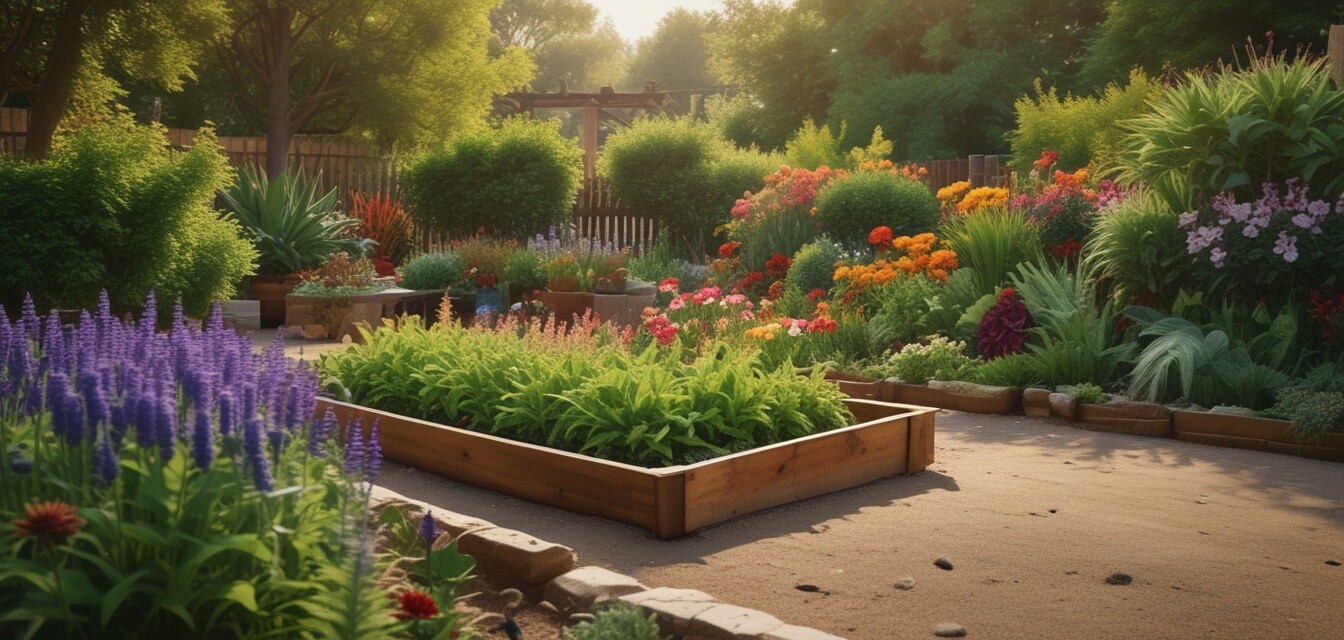
How climate change is affecting gardening practices
Key Takeaways
- Climate change alters temperature and precipitation patterns, impacting plant growth.
- Gardeners need to adapt by choosing climate-resilient species.
- Sustainable practices can mitigate some climate change effects on gardens.
- Understanding local environmental changes is vital for successful gardening.
- Community gardening initiatives can enhance biodiversity and food security.
Gardening is an age-old practice that connects us with nature. However, the increasing impact of climate change poses challenges that every gardener must address. As temperatures rise and weather patterns become more erratic, it’s essential to understand how these changes are affecting gardening practices and plant choices.
1. Understanding climate change and its impact
Climate change refers to long-term alterations in temperatures and weather patterns. While it is a natural phenomenon, human activity has accelerated these changes significantly. Here are several key effects of climate change on our gardening efforts:
- Temperature shifts: As average temperatures rise, some plants may struggle to survive, while others may thrive.
- Increased pests: Warmer winters can lead to an increase in insect populations that can devastate your garden.
- Extreme weather: Droughts and heavy rainfall can create challenging conditions for plant growth.
2. Climate change and plant choices
Adapting to climate change begins with selecting appropriate plants. To sustain a thriving garden under changing conditions, consider the following:
| Climate Challenge | Recommended Plant Types |
|---|---|
| Increased temperatures | Drought-resistant plants, such as succulents and native species. |
| Heavy rainfall | Plants that thrive in wet conditions, like willows or bog plants. |
| Pest infestations | Natural pest repellents, such as marigolds and herbs like basil. |
Choosing sustainable gardening practices
Gardening sustainably is key to mitigating the effects of climate change. Here are some methods to incorporate:
- Composting: Recycling organic waste enhances soil health.
- Rainwater harvesting: Collecting rainwater before it runs off can help maintain moisture.
- Crop rotation: Changing the types of plants in your garden each season helps maintain soil fertility.
3. The importance of local gardening communities
Building a supportive gardening community can foster knowledge sharing and enhance resilience toward climate change. Engaging in community gardens has several benefits:
- Increased biodiversity around us.
- Shared resources and tools.
- Access to local gardening knowledge and strategies.
4. Staying informed and educated
Education plays a pivotal role in adapting gardening practices. Here are ways to stay updated:
Beginners' Tips for Adapting to Climate Change
- Follow local weather trends and historical climate data.
- Educate yourself about native and adapted plants in your area.
- Participate in gardening workshops and local environmental programs.
Conclusion
While climate change presents significant challenges to gardening, it also offers an opportunity for gardeners to innovate and adapt. By making informed plant choices, employing sustainable practices, and building community connections, it's possible to cultivate a resilient garden that can withstand the changing climate. Stay engaged with the latest gardening trends and practices to ensure your green space thrives, no matter the conditions.
Pros
- Increased awareness of sustainable practices.
- Opportunity to promote biodiversity.
- Encourages community engagement and knowledge sharing.
Cons
- Uncertainty in plant survival rates.
- Potential for increased pest and weed issues.
- Need for more innovative gardening solutions.